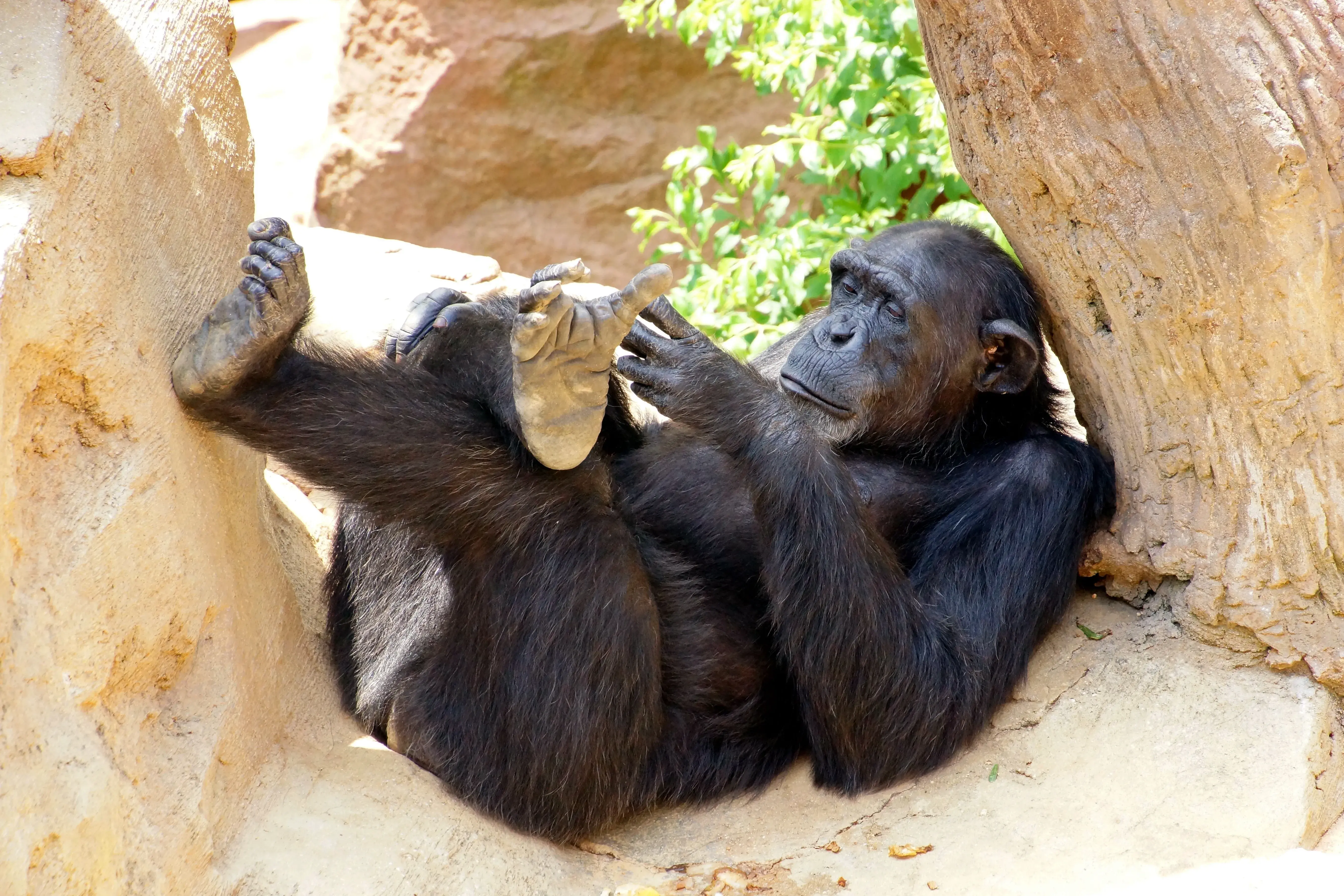
Mtwara Tanzania
Sprawling Mtwara is southeastern Tanzania’s major town. It was first developed after WWII by the British as part of the failed East African Groundnut Scheme to alleviate a postwar shortage of plant oils. Grand plans were made to expand Mtwara, then an obscure fishing village, into an urban centre of about 200,000 inhabitants. An international airport and Tanzania’s first deep water harbor were built and the regional colonial administration was relocated here from Lindi. Yet, no sooner had this been done than the groundnut scheme – plagued by conception difficulties and an uncooperative local climate – collapsed and everything came to an abrupt halt. While Mtwara’s port continued to play a significant role in the region over the next few decades as an export channel for cashews, sisal and other products, development of the town came to a standstill and for years it resembled little more than an oversized shell. In recent times Mtwara has experienced a major boom, with the discovery of offshore natural gas reserves. Gone is the somnolent, sun baked atmosphere that characterized the city for so long. Whether recent developments will ultimately be to the benefit of local residents’ remains to be seen, but for now, Mtwara is hopping. Mtwara lacks the historical appeal of nearby Mikindani and other places along the coast, and has little to recommend it as a tourist destination.
Yet, with its decent infrastructure and easy access, it makes a convenient entry or exit point for those travelling between Tanzania and Mozambique.
Mtwara is loosely located between a business and banking area to the northwest, near Uhuru Rd and Aga Khan St, and the market and bus stand about 1.5km away to the southeast. The main north–South Street is Tanu Rd. In the far northwest on the sea, and 30 to 40 minutes on foot from the bus stand, is the Shangani quarter, with a small beach. In Mtwara’s southeastern corner, just past the market, are the lively areas of Majengo and Chikon’gola.
Sights & Activities
In town, there’s a lively market with a small traditional-medicine section next to the main building. Aga Khan St is lined with old Indian trading houses dating from the late 1950s and 1960s. Much of Mtwara’s fish comes from Msangamkuu on the other side of Mtwara Bay, and the small dhow port and adjoining fish market are particularly colorful in the early morning and late afternoon. The beach in Shangani is popular for swimming (high tide only); its gentle currents and general absence of sea urchins and other hazards make it ideal for children. For views over the bay and the white sands of Msangamkuu Peninsula, look for the tiny footpath leading to a viewpoint near Msemo Hotel.Centre for African Development Through Economics & the Arts
This excellent little museum is full of masks, spears, tools and other cultural items from the Makonde, Makua and Yao tribes. All displays are labeled in English and Swahili. This is also the best place to get information on the annual Makuya Festival. From the small roundabout on Makonde Rd, go one block north, and then turn right. It’s the second building on the left.History
Mikindani gained prominence early on as a major dhow port and terminus for trade caravans from Lake Nyasa. By the late 15th century, these networks extended across southern Tanzania as far as Zambia and present-day Democratic Republic of the Congo (formerly Zaire). Following a brief downturn in fortunes, trade – primarily in slaves, ivory and copper – again increased in the mid-16th century as Mikindani came under the domain of the Sultan of Zanzibar.In the 19th century, following the ban on the slave trade, Mikindani fell into decline until the late 1880s when the German colonial government made the town its regional headquarters and began large-scale sisal, coconut, rubber and oilseed production in the area. However, the boom was not to last.
With the arrival of the British and the advent of larger ocean-going vessels, Mikindani was abandoned in favor of Mtwara’s superior harbor, and now, almost a century later, seems not to have advanced much beyond this era. Much of the town has been designated as a conservation zone, and life today centers on the small dhow port, which is still a hub for local coastal traffic.
For David Livingstone fans, the famous explorer spent a few weeks in the area in 1866 before setting out on his last journey.















